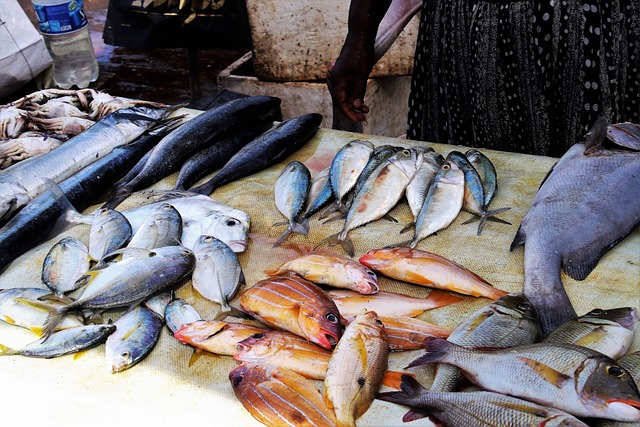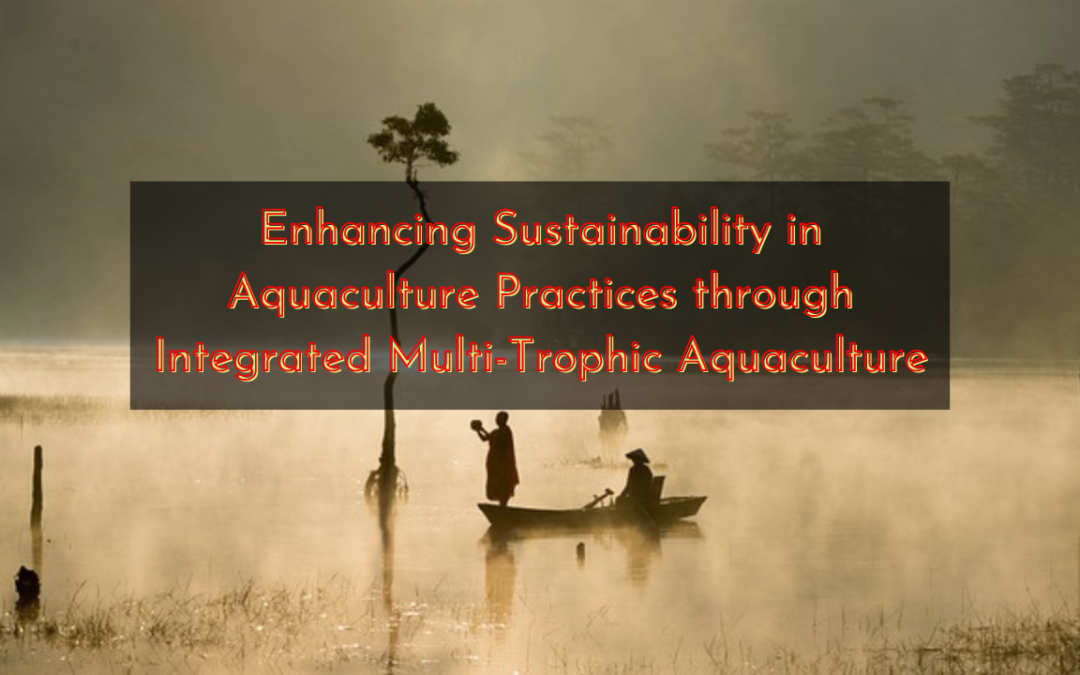Integrated Multi-Trophic Aquaculture (IMTA) has garnered significant attention in the United States as an innovative and sustainable fish farming method. IMTA creates a synergistic environment that promotes ecological balance and elevates the overall sustainability of aquaculture practices by leveraging natural interactions between different species. In this article, we will delve into the concept of IMTA, its advantages, and its potential to revolutionize the American aquaculture industry.
The Concept of Integrated Multi-Trophic Aquaculture IMTA
IMTA involves cultivating multiple species in a single environment, with each species serving a specific function. Typically, fish species and seaweed are combined in these systems. Finfish such as salmon or trout are the primary species raised for human consumption. Shellfish like mussels and oysters are cultivated to remove excess nutrients and organic waste from the finfish, acting as natural filtration agents. Additionally, seaweed or macroalgae are grown to provide further environmental benefits, absorbing nutrients and carbon dioxide emitted by other species.
Advantages of IMTA in Aquaculture Practices
There are several benefits associated with practicing IMTA. Firstly, it reduces the environmental impact of aquaculture by utilizing waste produced by finfish as a resource for other species. IMTA prevents eutrophication and water quality degradation, which are common issues in conventional finfish farming, by extracting surplus nutrients through shellfish and seaweed. The sustainable management of waste and nutrient cycling is a significant advantage of IMTA.

Diversifying Revenue Streams through IMTA
IMTA also offers the potential to diversify revenue streams for aquaculture companies. By raising various species, including finfish, shellfish, and seaweed, farmers can access multiple markets. This diversification lowers financial risks and increases the earning potential of aquaculture companies. Moreover, IMTA contributes to the growth of ancillary industries such as processing and distribution, thereby supporting coastal communities and employment opportunities.
Promoting Environmental Sustainability with IMTA
In terms of environmental concerns, IMTA systems have the potential to enhance resilience. By establishing a more balanced ecology, these systems can reduce the impacts of diseases or pests that often plague monoculture operations. The presence of natural predators or competitors in an IMTA system helps control the spread of infections or pests, reducing the reliance on antibiotics and pesticides.
Implementing IMTA in the US requires careful planning, collaboration, and regulatory support. Farmers, researchers, and policymakers must work together to develop best management practices, environmental standards, and regulatory frameworks that facilitate the adoption of IMTA systems. The success and long-term sustainability of IMTA operations hinge on this collaborative relationship.
Challenges and Opportunities for IMTA in the United States
Despite its immense potential, IMTA still faces challenges that need to be addressed. Expanding IMTA operations, managing government procedures, and ensuring market demand for multiple species are significant hurdles. Additionally, research and development efforts are necessary to improve species selection, system design, and production methods specific to the US context.
In conclusion, Integrated Multi-Trophic Aquaculture (IMTA) presents an exciting opportunity to enhance the economic and environmental sustainability of aquaculture practices in the United States. However, to overcome obstacles and fully realize the potential of IMTA, cooperation, research, and policy support are vital. Join the Ecolonomics Action Team to access more information on aquaculture and ways to enhance sustainability.
Join the Ecolonomic Action Team
Join the Ecolonomics Action Team today and be at the forefront of sustainable aquaculture practices! Gain exclusive access to valuable information, resources, and updates on enhancing sustainability in the aquaculture industry, including the exciting world of Integrated Multi-Trophic Aquaculture (IMTA). Stay informed, connect with like-minded individuals, and contribute to the growth of sustainable aquaculture. Together, let’s make a positive impact on our environment and shape the future of aquaculture. Join us now and be part of the movement for a more sustainable future!




Testaru. Best known